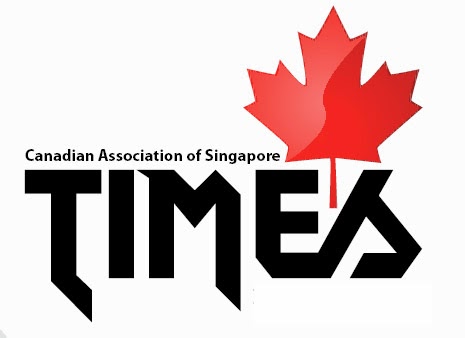By Hélène Vigeant
Photo by S. Chen of the Goodwood Park Hotel
(More images from this tour can be found on the CAS website's photo gallery)
Photo by S. Chen of the Goodwood Park Hotel
(More images from this tour can be found on the CAS website's photo gallery)
Judy Smith has done it again, organizing another successful and off-the-beaten path tour, this time covering Sarkies Road, Newton Circus and Scotts Road.
We started at the Alliance Française on Sarkies Road. In Singapore, the AF provides French classes to 4,000 students a year. The Sarkies name is well known in Singapore: the three brothers built the Raffles Hotel and Agnes Joaquim, one of their relatives, is credited with having bred the world’s first cultivated Vanda hybrid, now Singapore’s official flower.
Our guide extraordinaire then led us to Newton Circus, a popular hawker center opened in 1971 and fully renovated in 2006. It incorporates the design elements and colour scheme of nearby colonial houses. The next stop was Monk’s Hill Terrace, with a lovely row of black and white units.
We then proceeded to the Ministry of the Environment and Water Resources (MEWR)’s Environment building, which won the prestigious ASEAN Energy Award in 2007, before heading to Scotts Road. Reading from her well prepared notes, Judy told us that Scotts Road was named for William G. Scott, a cousin of novelist Sir Walter Scott, and the owner of Claymore plantation that was known for producing cocoa, betel nut, nutmeg and various fruits.
In the 1840s, such plantations were turned into residential areas Many large villas have since been converted into restaurants, shops and spas, including the SK-II Boutique Spa at Senze Salus which graciously gave us a tour of their facility. Judy was keeping us on track and on schedule, so we had only a brief stop at SKYBABA before reaching the Goodwood Park Hotel.
We then proceeded to the Ministry of the Environment and Water Resources (MEWR)’s Environment building, which won the prestigious ASEAN Energy Award in 2007, before heading to Scotts Road. Reading from her well prepared notes, Judy told us that Scotts Road was named for William G. Scott, a cousin of novelist Sir Walter Scott, and the owner of Claymore plantation that was known for producing cocoa, betel nut, nutmeg and various fruits.
In the 1840s, such plantations were turned into residential areas Many large villas have since been converted into restaurants, shops and spas, including the SK-II Boutique Spa at Senze Salus which graciously gave us a tour of their facility. Judy was keeping us on track and on schedule, so we had only a brief stop at SKYBABA before reaching the Goodwood Park Hotel.
Designed in the style of the castles along the Rhine to house the German Club’s Teutonia Clubhouse, the hotel opened in 1900. When war broke out, it was confiscated by the British, then sold and finally converted to the Goodwood Park Hotel. Over the years, major renovations and remodelling have resulted in a very elegant hotel, combining modern conveniences and old-world charm. We got a rare glimpse of the Rose Marie Suite reserved for VIPs. Our enjoyable tour ended with a delicious Dim Sum at the Jia Ming Restaurant, definitely worth a return visit with family and friends.
Once again, we had a really entertaining tour while walking Out & About in Singapore with Judy.



